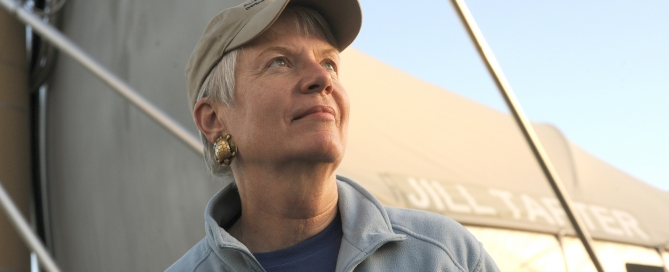Giant Magellan Telescope: Past, Present and Future of Space Exploration with Ground Based Telescopes
An in-depth conversation with Professor Wendy Freedman on the topic of space exploration with ground based telescopes. We discuss the history of space exploration using ground based telescopes, and try to imagine the future. Professor Wendy Freedman gives a detailed description of the features of the Giant Magellan Telescope, a ground based extremely large telescope under construction. We discuss the challenges involved in constructing the GMT and talk about the research opportunities that this extremely large telescope, once completed, will present.
Professor Wendy Freedman is one of the world’s most influential astronomers. Freedman is a professor of Astronomy and Astrophysics at the University of Chicago. She was also the chair of the board of directors of the Giant Magellan Telescope project from its inception in 2003 to July 2015. More than a decade ago, Wendy Freedman led a team of 30 astronomers who carried out the Hubble Key Project to measure the expansion rate of the universe. Her research now focuses on measuring both the past and present expansion rates of the universe, and on characterizing the nature of dark energy – the mysterious force that causes the universe to accelerate its expansion.
A Correction Note (Audio at 14:10 minutes): While discussing 60-inch telescope at Mount Wilson Observatory, we got the dates mixed up. The telescope was commissioned in 1908; the ‘First Light’ was on December 8, 1908. Astronomer Harlow Shapely used this telescope to make a number of observations about our galaxy the Milky Way. However it was not until 1917-18 that he concluded, based on his observations, that the Sun was not at the centre of our galaxy.


Connect With Us